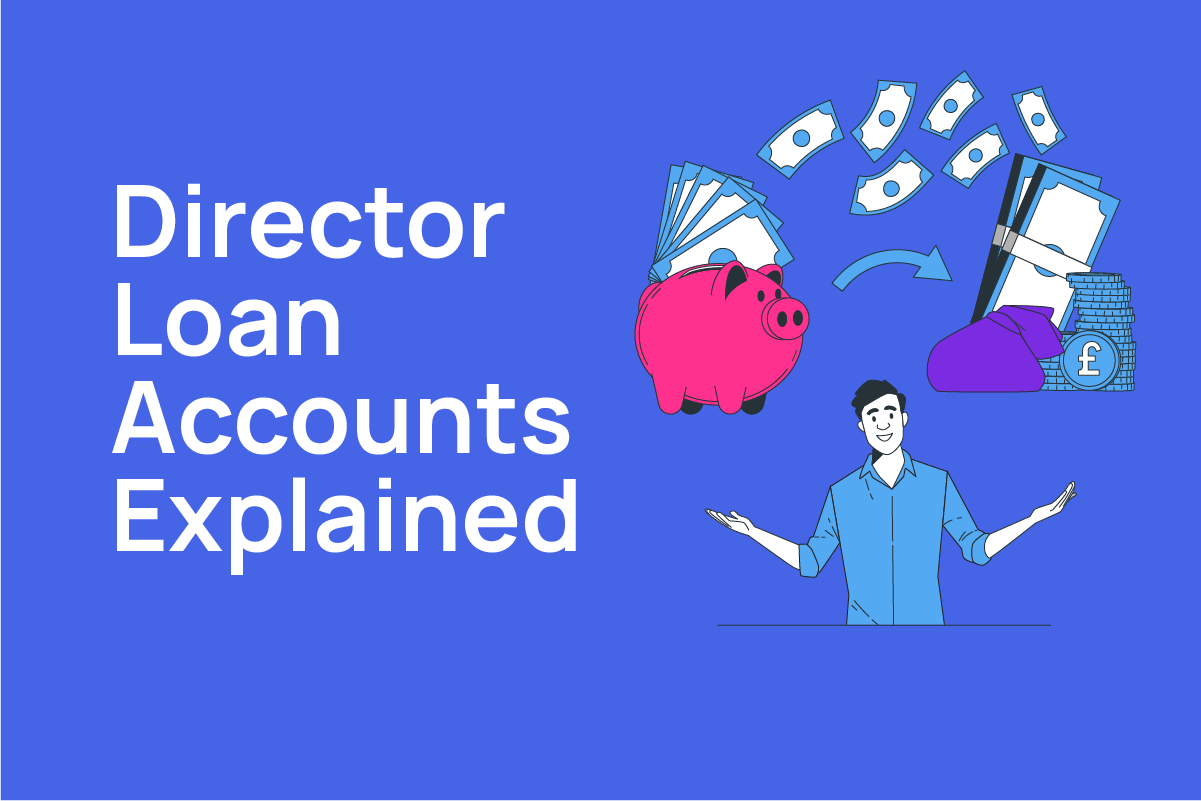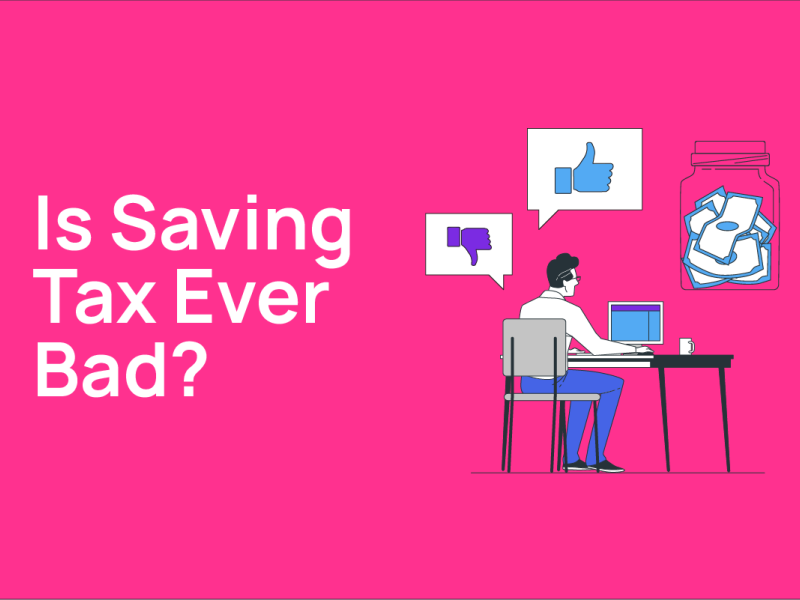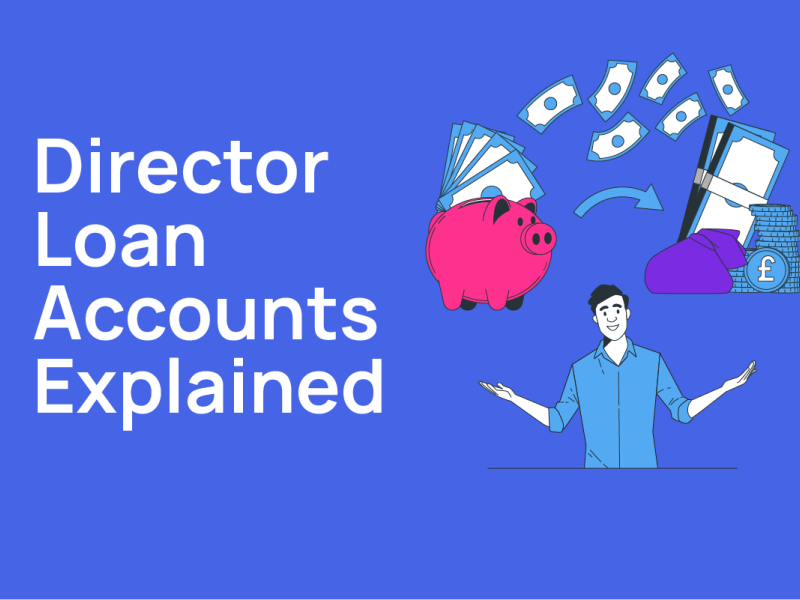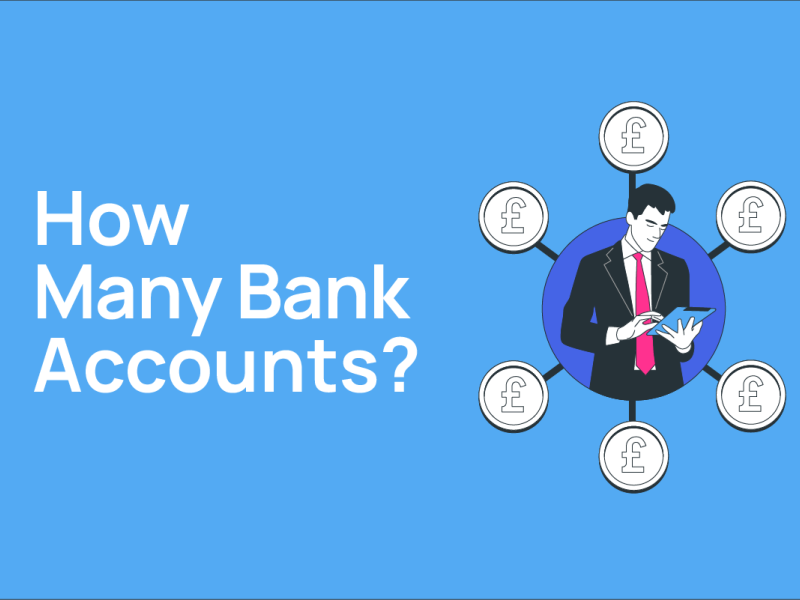Directors Loan Account Explained
-
Richard Jackson - 20/10/2025

When you run a limited company, managing how money moves between you and the business is crucial. A common area of confusion for founders is the Director’s Loan Account (DLA). Get this right, and you’ll avoid tax pitfalls, cash‑flow headaches and unnecessary risk. Get it wrong, and things can get messy.
Here’s a clear breakdown of how a DLA works, why it matters for you as a founder, and what you should watch out for.
What is a Director’s Loan Account?
A DLA is simply the record of money your company has lent to you (the director) or that you’ve lent to the company, in other words, any movement that isn’t salary, dividend or repayment of legitimate business expenses.
- If you take money out of the company (not as dividends or salary) the company records a loan to you — an overdrawn DLA.
- If you put money into the company from your personal funds, the company records a loan from you — a credit DLA.
It’s an important piece of the puzzle because this movement affects your tax position, company accounts and cash‑flow.
Why founders end up using a DLA
There are many valid reasons to use a DLA, but you must understand what you’re doing and record it properly. Some common scenarios:
- You cover a short‑term personal expense from the company while cash‑flow is tight.
- You inject personal funds into the company (for example at start‑up or to meet an opportunity).
- Money is taken out of the company but wasn’t classified as salary or dividend (e.g., you need funds temporarily).
- You draw more dividends than the company has sufficient post‑tax profits to support, so the excess becomes a loan instead of a “safe” dividend. (One of the 4 common mistakes we cover in our free guide: 4 Costly Mistakes Business Owners Make with Dividends.)
4 Costly Mistakes Business
Owners Make with Dividends
Imagine paying dividends for years, thinking you're doing everything right. But then, one day, you discover you've made a costly mistake that could ruin your business. A mistake that could have been avoided.
Don't let this happen to you. Learn the 4 common dividend errors that can destroy your business - and how to prevent them.

Overdrawn vs In Credit – what the difference means
In credit (company owes you):
- Means you have effectively lent money to your company.
- This is fine, and often sensible (for example, putting cash in during from your own funds).
- The company must record the liability appropriately and issue accounts reflecting the loan.
Overdrawn (you owe the company):
- Means you’ve taken money out that the company expects to be repaid (because it isn’t salary/dividend).
- This is where more attention is needed. An overdrawn DLA can trigger tax charges and other risks if not managed.
Tax implications of overdrawn DLAs
An overdrawn DLA brings several tax and accounting risks:
- If the loan remains unpaid nine months after the end of the company’s accounting period, the company may face a corporation tax charge under Section 455 (currently 33.75%) of the Corporation Tax Act 2010 (in the UK).
- The director (you) may incur a benefit in kind tax if the loan is interest‑free (or at a rate below HMRC’s official rate).
- If not repaid, HMRC may treat the loan as a disguised distribution (i.e., a dividend) with personal tax consequences.
It’s crucial therefore to treat the loan properly in your company’s accounts and tax filings.
Repayment rules and timing
To stay on the right side of the rules you should:
- Repay the overdrawn loan within nine months of the end of the accounting period to avoid the Section 455 corporation tax charge.
- If you’re going to keep the loan outstanding (or expect this year after year) you should consider charging commercial interest or formally converting the loan into another structure (e.g., dividend, salary), with appropriate tax treatment.
- Avoid “bed‑and‑breakfasting” where you pay the loan then immediately draw it again, HMRC may challenge this as artificial.
Interest on director’s loans
- If you charge interest at or above HMRC’s official rate: the company can deduct the interest (subject to rules) and you’ll be taxed personally on the interest received (as savings income).
- If you don’t charge interest, or charge a rate below the official rate: HMRC may apply a benefit in kind charge on the director (you) for the “free benefit”. The company will need to report the benefit via PAYE/NI as appropriate.
Risks and best practice tips
Risks to be aware of:
- Turning a DLA into a long‑term left‑over debt can tie up cash that the business could use, or expose the company to HMRC scrutiny.
- Forgetting to manage the loan/injection separately from your personal finances can blur lines, reduce clarity for tax/accounting, and increase risk.
- Poor record‑keeping may lead to costly adjustments or charges.
Best practice checklist:
- Treat any draw‑out that is not salary or dividend with care. Ask: is this a loan or should it be treated differently?
- If the company is going to lend you money, agree terms: interest, repayment schedule, and document via board minutes.
- Monitor your DLA balance regularly (both overdrawn and in credit) with your accountant at year‑end and throughout the year.
- Before paying dividends, check retained earnings and company profits carefully so you don’t inadvertently trigger a loan.
- Get professional advice early, it is far simpler to plan proactively than fix after the fact.
Final thoughts
For founders of limited companies, the DLA is a powerful tool, when handled correctly. But it’s not one to ignore or leave unmonitored.
Next Step – Make sure you’re not making these common mistakes with your dividends. Download our free guide now.
Download our Free Guide
4 Costly Mistakes Business Owners Make with Dividends
Imagine paying dividends for years, thinking you're doing everything right. But then, one day, you discover you've made a costly mistake that could ruin your business. A mistake that could have been avoided.
Don't let this happen to you. Learn the 4 common dividend errors that can destroy your business - and how to prevent them.



